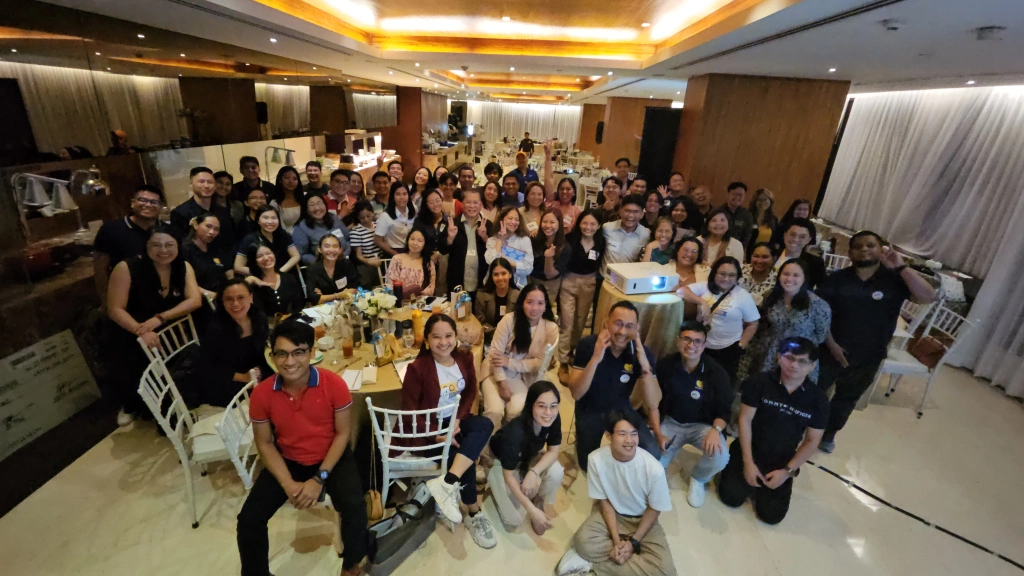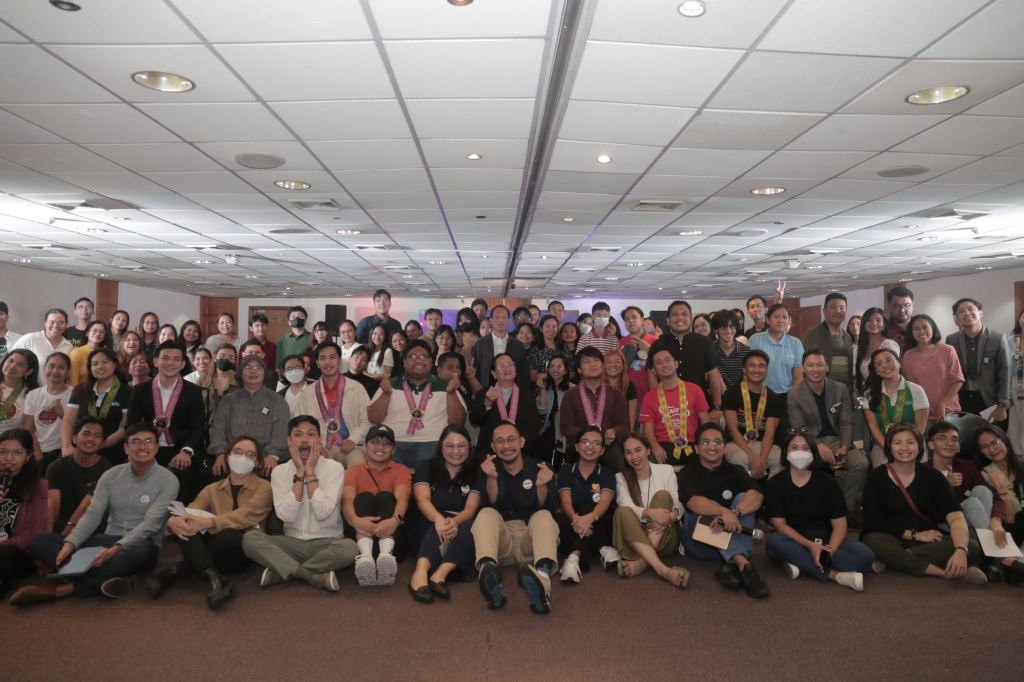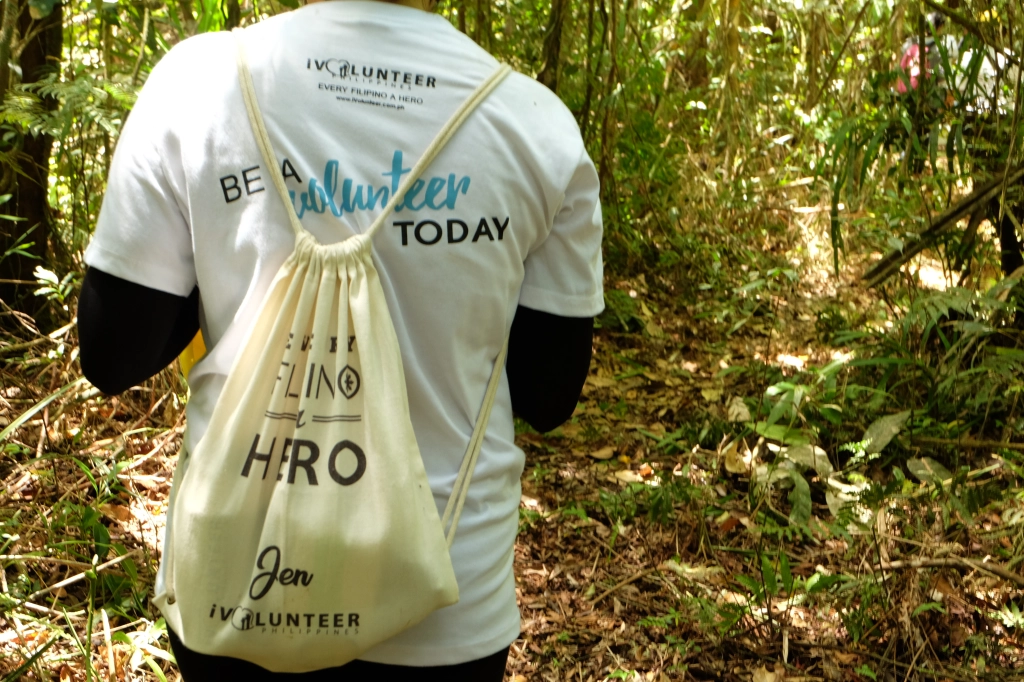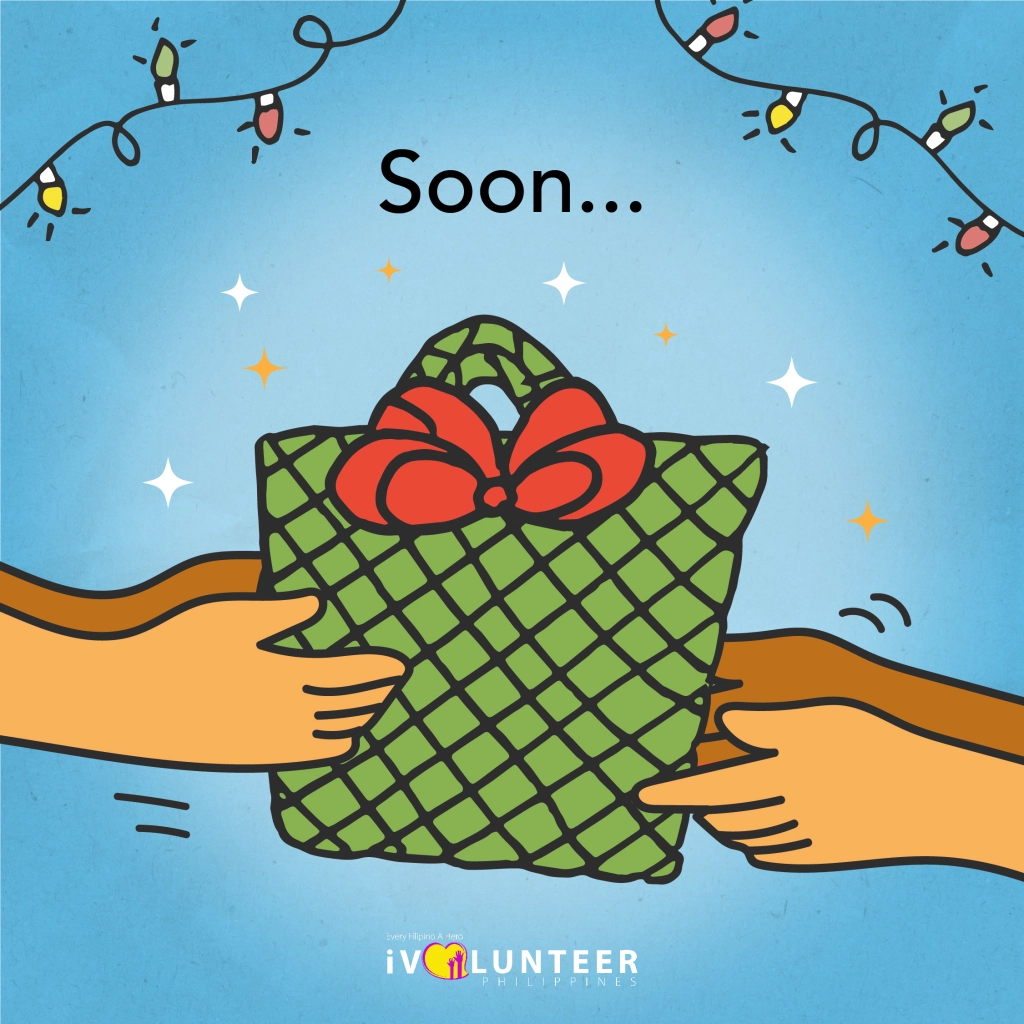by JB Tan, Assistant Executive Director, iVolunteer Philippines
It’s sort of familiar, déjà vu in a way, when I look at my social media streams and see stories of volunteers being turned away from repacking hubs because the relief operations of big media corporations and NGOs are already overflowing with volunteers. It reminded me of similar stories after typhoon Ondoy in 2009 (which was the trigger for our discussions of a national volunteer portal that would help smaller and less known operations be more accessible to the general public).
Yolanda has again rekindled the fire of volunteerism, not only in every Filipino, but also with our friends and supporters across the globe. While the huge mass of volunteers is very eager to participate and the supply is overflowing, there is sometimes a gap in the demand.
Don’t be disheartened.
In the event you are turned down by one of these relief operations, here are some of my personal tips on other things you can do to help:
1. Raise funds and keep track of where it goes – MONEY is the easiest thing to transport and it can do a lot of things! Leverage whatever talents, strengths and skills you might have: cook some sweets and arrange a bake sale; go door-to-door, collect newspapers or recyclables and sell them at a junk shop; gather your musically gifted friends and arrange a party, gig or concert for a cause; or just ask for contributions from your friends and relatives! The possibilities are endless!
Once you have raised the funds, it’s also very important for you to ensure the accountability of the organization you’ll be giving the money to. Check their website or other online spaces to see which communities will be receiving their aid. Contact them personally and demand to know where the money will be spent and what it will be used for!
2. Organize a donation drive or collection service – On top of money, there is always a need for basic supplies that can help affected typhoon victims — food, water, clothes and survival equipment (flashlights, candles, matches, fuel) are very essential in times like these.
You don’t need to go out and buy all of these items though. You can start by cleaning out your closets – collect unused clothes, shoes, slippers, books and toys. You can offer to pick-up donations from your friends and family and drop them to collection points, or you can leverage existing shipping services – there are a number of companies that are offering to ship relief goods for free to the impacted areas.
3. Build awareness online and offline – Beyond the material things, information is also AID! You can gather information on what volunteer opportunities are available in your area, list down hotline numbers for relief operations, or gather important facts and design a cool infographic; these can then be disseminated to your local barangay or village, across your network of friends and relatives, and of course, on social media.
4. Provide support to local businesses or establishments – There are many businesses who have chosen to donate part of their revenues to the communities affected by the typhoon. Some restaurants have already shared their willingness to do this (find the list here: http://www.pepper.ph/yolanda-victims/ ), and it makes it so much easier for you to provide help while you go about your daily activities! One other way is to inquire if local businesses have plans on how to provide jobs to those affected by Yolanda.
“Emergency relief aid is the priority in the immediate aftermath of a catastrophe, but recovering jobs and livelihoods are an important part of reconstruction.” – International Labour Organization (http://www.ilo.org/asia/info/public/WCMS_164366/lang–en/index.htm)
6. Define the future – There is a lot of passion while everything is hot and fresh and everyone is focused on what is currently happening. But weeks and months down the road, there will still be a lot of help needed across the country to rebuild and renew what was lost. Take note of what special skills you have and contribute them to organizations and communities that can look into what can be done to better prepare for future disasters. This could be done through process re-engineering, strengthened communications and coordination across groups, simplified logistics, mobilization and operations.
A good example of this is what we saw happen at Hack for a Cause: Philippines, where developers and technology professionals across the country came together to build online tools that can be used for the relief efforts and even for future disasters like this. Some of the tools that came out from the hackathon include HelpConnect/BangonPH/GoHelpPH/ReliefPH (platforms connecting and coordinating relief efforts), ReliefBoard (bulletin board that helps broadcast messages), and How You Can Help (all-in-one dashboard of relevant information).
In all of these things, do make sure to maximize your network, leverage your partnerships and avoid reinventing the wheel. This will help our nation evolve fast and be more ready for the next disaster. Simply put, we can get more involved by learning from other countries’ experiences and our own past experiences with disaster recovery. By doing our part in pushing for change and action in the appropriate agencies, this is already a big help towards helping the victims get back what they lost little by little.
7. Lastly, MAKE IT FUN! Volunteering doesn’t need to be so serious. You’re making a positive change in society by volunteering, so don’t be ashamed to feel good about it. More importantly, make sure you spread the joy and love to others. Use this time as an opportunity to bond and strengthen ties with your family, friends and community! Filipinos are known to be resilient in the midst of trials like this, but we are also known for our carefree and joyous spirit as well.
For volunteer opportunities and ways to help, please like and follow our page on Facebook: http://www.facebook.com/ivolunteerphils/
(This image was originally from Twitter. We found it through CNN’s site: http://goo.gl/coMPS7)








Leave a comment